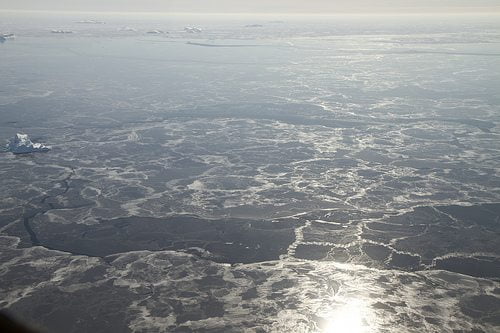

Environment
Scientists find Arctic ice melt is gaining speed
The Arctic’s ice-free season is becoming longer by an average of five days every 10 years, scientists have said.
According to a new study published in Geophysical Research Letters, which analysed satellite imagery gathered over 30 years, the autumn freeze is also now arriving up to 11 days later per decade than it used to in some regions.
The researchers say this disappearance of ice is significant because it means that an increasingly large polar area absorbs sunlight, rather than reflecting it, for a longer time.
They warn that this will mean the sea stays warmer and freezes later still, in a feedback cycle.
“The extent of sea ice in the Arctic has been declining for the last four decades, and the timing of when melt begins and ends has a large impact on the amount of ice lost each summer”, said Prof Julienne Stroeve of University College London, lead author of the study.
“With the Arctic region becoming more accessible for longer periods of time, there is a growing need for improved prediction of when the ice retreats and reforms in the water.”
A separate study published in February also suggested that a decreasingly reflective Arctic was causing the Earth to warm faster.
Ice coverage in the northernmost polar region reached a record low of 1.32m sq miles in 2012, an 18% decrease from the previous record low measured in 2007.
Though coverage recovered in 2013, a study published in August suggested that climate change could cause the Arctic to be ‘ice free’ by 2054.
Further reading:
Antarctica’s Ross Sea could be ice-free by 2100, threatening ‘ocean’s most pristine ecosystem’
‘Darker’ Arctic is warming the Earth faster
Arctic sea ice recovers from 2012 record low, but long-term melting trend continues


 Environment10 months ago
Environment10 months agoAre Polymer Banknotes: an Eco-Friendly Trend or a Groundswell?

 Environment11 months ago
Environment11 months agoEco-Friendly Home Improvements: Top 7 Upgrades for 2025

 Features9 months ago
Features9 months agoEco-Friendly Cryptocurrencies: Sustainable Investment Choices

 Features10 months ago
Features10 months agoEco-Friendly Crypto Traders Must Find the Right Exchange




























